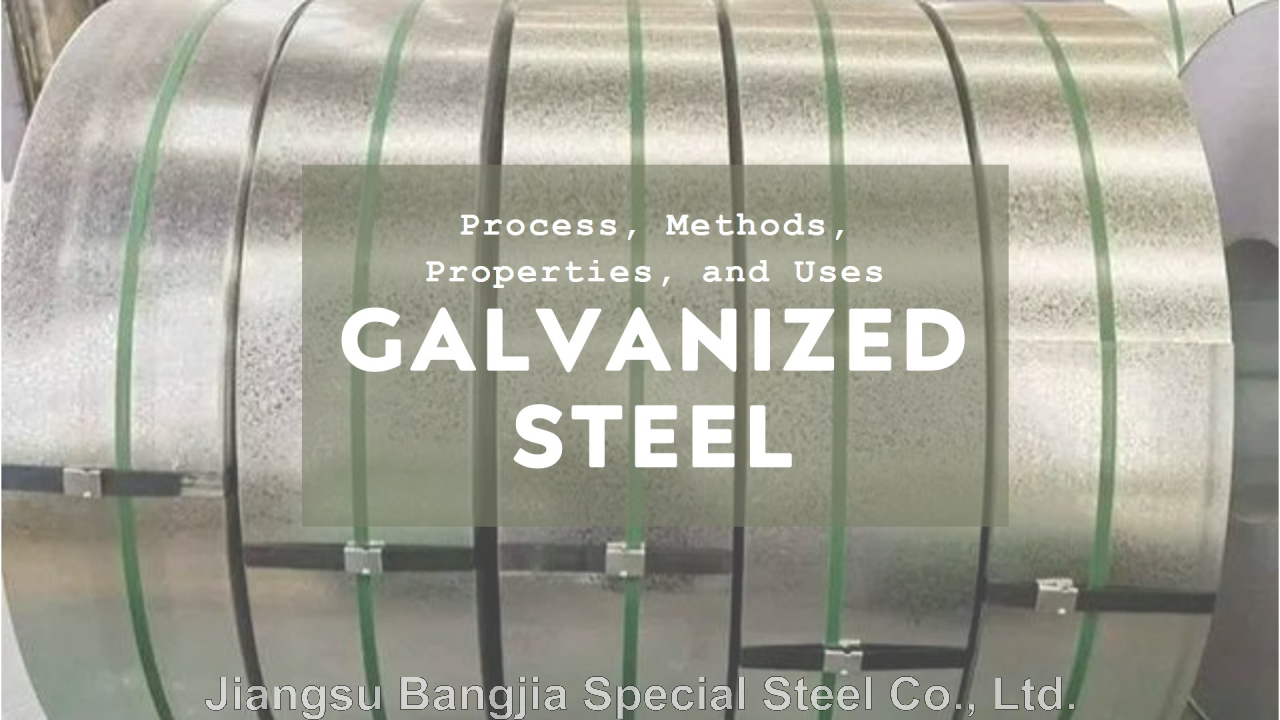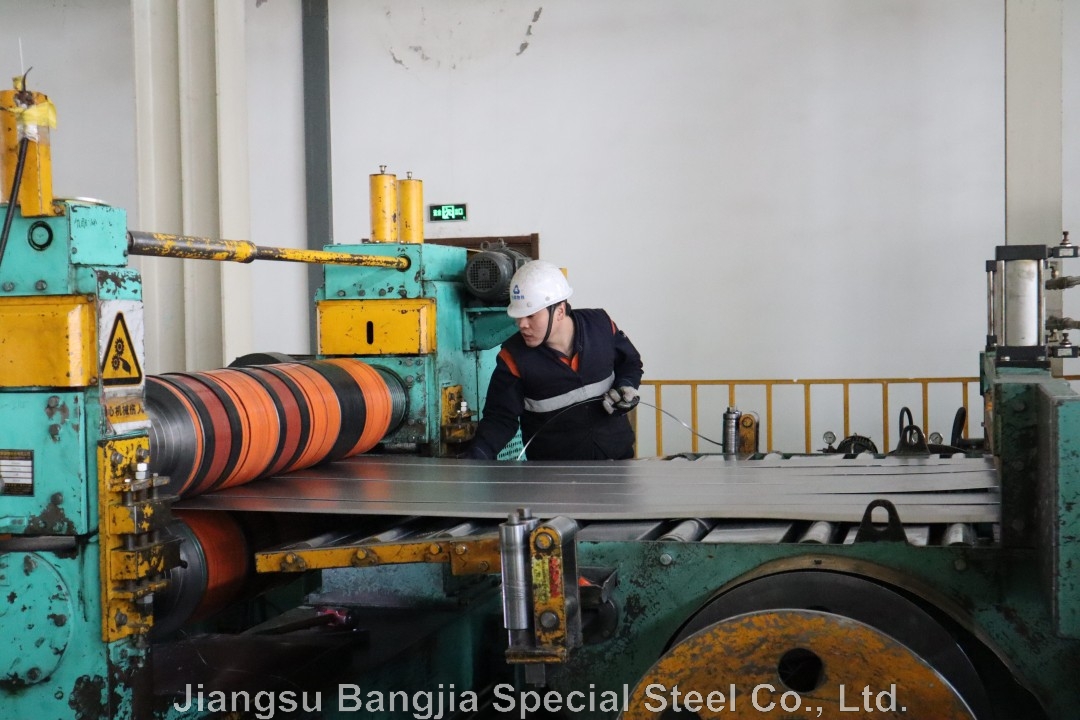NEWS

When brown rust spots (spots) appear on the surface of stainless steel pipes, people are greatly surprised: they believe that "stainless steel does not rust, and if it rusts, it is not stainless steel, it may be a problem with the steel quality.". In fact, this is a one-sided erroneous view that lacks understanding of stainless steel. Stainless steel can also rust under certain conditions.
Stainless steel has the ability to resist atmospheric oxidation - i.e. rust resistance - and also has the ability to corrode in media containing acids, alkalis, and salts - i.e. corrosion resistance. But the magnitude of its corrosion resistance varies with the chemical composition, additive state, usage conditions, and type of environmental medium of the steel itself. For example, 304 steel pipes have absolutely excellent rust resistance in a dry and clean atmosphere, but when moved to coastal areas, they will quickly rust in sea mist containing a large amount of salt; And 316 steel pipe performs well. Therefore, not any type of stainless steel can withstand corrosion and rust in any environment.
The surface facial mask is damaged in many ways, and the following are common in daily life:
Stainless steel is a stable chromium rich oxide film (protective film) formed on its surface, which is extremely thin, sturdy, and fine, preventing the continued infiltration and oxidation of oxygen atoms, and obtaining the ability to resist corrosion. Once for some reason, this thin film is constantly damaged, and oxygen atoms in the air or liquid will continuously infiltrate or iron atoms in the metal will continuously separate, forming loose iron oxide, and the metal surface will also be constantly corroded. This kind of surface facial mask is damaged in many ways, and the following types are common in daily life:
1. Dust containing other metal elements or attachments of dissimilar metal particles accumulate on the surface of stainless steel. In humid air, the condensate between the attachments and stainless steel forms a micro battery, triggering an electrochemical reaction and damaging the protective film, which is called electrochemical corrosion.
2. The surface of stainless steel adheres to organic juices (such as melons, vegetables, noodle soup, phlegm, etc.), which form organic acids in the presence of water and oxygen. Over time, organic acids corrode the metal surface.
3. The surface of stainless steel adheres to substances containing acids, alkalis, and salts (such as alkaline water and lime water splashing during wall decoration), causing local corrosion.
4. In polluted air (such as atmospheres containing large amounts of sulfides, carbon oxides, and nitrogen oxides), when encountering condensed water, sulfuric acid, nitric acid, and acetic acid droplets form, causing chemical corrosion.
To ensure that the metal surface is permanently bright and not corroded, we recommend:
The above situations can cause damage to the protective film on the surface of stainless steel, leading to corrosion. So, to ensure that the metal surface is permanently bright and not corroded, we recommend:
1. It is necessary to regularly clean and scrub the surface of decorative stainless steel to remove attachments and eliminate external factors that may cause modification.
2. In coastal areas, 316 stainless steel should be used, which can resist seawater corrosion.
3. Some stainless steel pipes in the market do not meet the corresponding national standards for chemical composition and cannot meet the requirements of 304 material. Therefore, it can also cause rusting, which requires users to carefully choose products from reputable manufacturers.
Does stainless steel also have magnetism?
People often think that magnets adsorb stainless steel materials to verify their quality and authenticity, and that they are good and genuine without magnetism; If the inhaler has magnetism, it is considered a counterfeit. In fact, this is an extremely one-sided and unrealistic method of identifying errors.
There are various types of stainless steel, which can be divided into several categories according to their microstructure at room temperature:
1. Austen body type: such as 201, 202, 301, 304, 316, etc;
2. Martensite or ferrite type: such as 430, 420, 410, etc;
Austenite is non-magnetic or weakly magnetic, while martensite or ferrite is magnetic.
The stainless steel commonly used for decorative tube sheets is mostly austenitic 304 material, which is generally non-magnetic or weakly magnetic. However, magnetism may also occur due to fluctuations in chemical composition caused by smelting or different processing conditions. However, this cannot be considered as counterfeit or unqualified. What is the reason for this?
As mentioned above, austenite is non-magnetic or weakly magnetic, while martensite or ferrite is magnetic. Due to component segregation or improper heat treatment during smelting, a small amount of martensite or ferrite structure can be formed in austenitic 304 stainless steel. In this way, 304 stainless steel will have weak magnetism.
In addition, after cold processing, the microstructure of 304 stainless steel will also transform into martensite. The greater the cold processing deformation, the more martensite transformation, and the greater the magnetic properties of the steel. Like a batch of steel strips, produced Φ 76 tubes, no obvious magnetic induction, production Φ 9.5 Tube. Due to the large deformation caused by cold bending, the magnetic induction is more pronounced. The production of square rectangular pipes has a greater amount of deformation than circular pipes, especially in the angled part, which causes more intense deformation and more obvious magnetic induction.
To completely eliminate the magnetism of 304 steel caused by the above reasons, high-temperature solid solution treatment can be used to restore stable austenite structure, thereby eliminating magnetism.
It should be pointed out that the magnetism of 304 stainless steel caused by the above reasons is completely different from that of other materials such as 430 and carbon steel, which means that the magnetism of 304 steel always shows weak magnetism.
This tells us that if stainless steel has weak magnetism or no magnetism at all, it should be classified as 304 or 316 material; If it has the same magnetism as carbon steel and shows strong magnetism, it is judged that it is not made of 304 material.
Chat Online
By clicking 'Allow All', you agree to the storage of cookies on your device to enhance site navigation, analyze site usage and assist with our marketing efforts. Coo Cookie Notice






